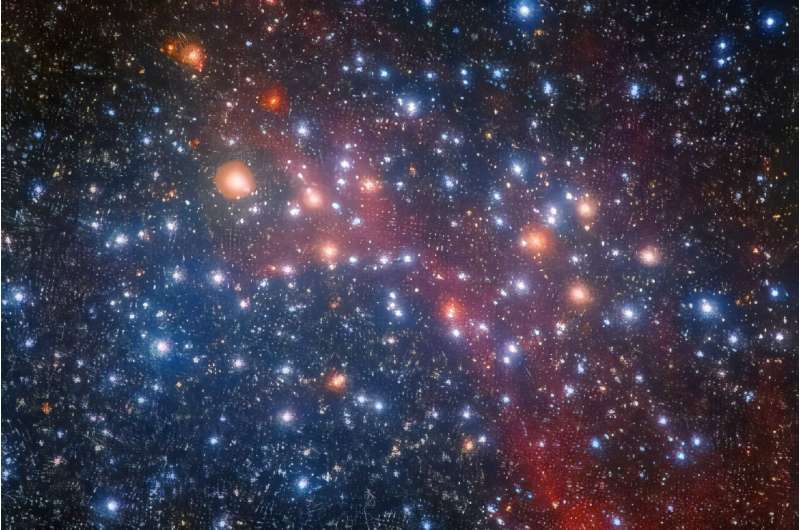
In a groundbreaking development, astronomers at the University of Toronto have unveiled ChronoFlow, an AI-powered model that uses stellar rotation rates to estimate the ages of stars with unprecedented accuracy. This innovative approach, detailed in a recent publication in The Astrophysical Journal, leverages machine learning to overcome the longstanding challenge of determining stellar ages through observation alone.
ChronoFlow’s creation marks a significant advancement in the field of astronomy, where understanding the ages of stars is crucial for insights into stellar evolution, exoplanet formation, and the history of galaxies. The model was developed by a team led by Phil Van-Lane, a Ph.D. candidate in the university’s David A. Dunlap department of astronomy and astrophysics, alongside assistant professors Josh Speagle and Gwen Eadie.
Revolutionizing Stellar Age Estimation
The development of ChronoFlow is based on two key astronomical principles. First, stars are often formed in clusters, allowing researchers to estimate the age of a cluster by observing its higher mass stars, which evolve faster than their lower mass counterparts. Second, stars slow their rotation over time due to interactions between their magnetic fields and stellar winds—a phenomenon well-understood but previously difficult to quantify precisely.
By compiling the largest-ever catalogue of rotating stars in clusters—totaling around 8,000 stars across more than 30 clusters of varying ages—the researchers trained their AI model using data from stellar surveys such as Kepler, K2, TESS, and GAIA. This dataset enabled ChronoFlow to predict how a star’s rotation rate changes as it ages.
“Our methodology can be likened to trying to guess the age of a person,” explained Josh Speagle. “In astronomy, we don’t know the ages of every star. We know that groups of stars have the same age, so this would be like having a bunch of photos of people at different ages, then trying to guess the age of a new photo.”
Implications for Astronomy
The implications of ChronoFlow extend beyond stellar age estimation. Accurate knowledge of stellar ages is essential for understanding how stars function, modeling exoplanet formation and evolution, and tracing the evolutionary history of the Milky Way and other galaxies. The success of ChronoFlow also highlights the potential of machine learning models to address other complex astrophysical challenges.
Furthermore, the model’s public availability, complete with documentation and tutorials, opens new avenues for researchers worldwide to apply this tool to their own observational data. The code is accessible on GitHub, encouraging widespread adoption and collaboration.
Looking Forward
The introduction of ChronoFlow represents a significant leap forward in the field of astrophysics, demonstrating the power of artificial intelligence to solve intricate scientific problems. As researchers continue to refine and expand the model, its applications could lead to new discoveries about the universe and its myriad celestial bodies.
With ChronoFlow, the University of Toronto team has not only advanced our understanding of stellar dynamics but also set a precedent for future research endeavors that blend traditional astronomical techniques with cutting-edge technology. The model’s success underscores the transformative potential of AI in scientific inquiry, paving the way for a deeper understanding of the cosmos.
More information: Phil R. Van-Lane et al, ChronoFlow: A Data-driven Model for Gyrochronology, The Astrophysical Journal (2025). DOI: 10.3847/1538-4357/adcd73







